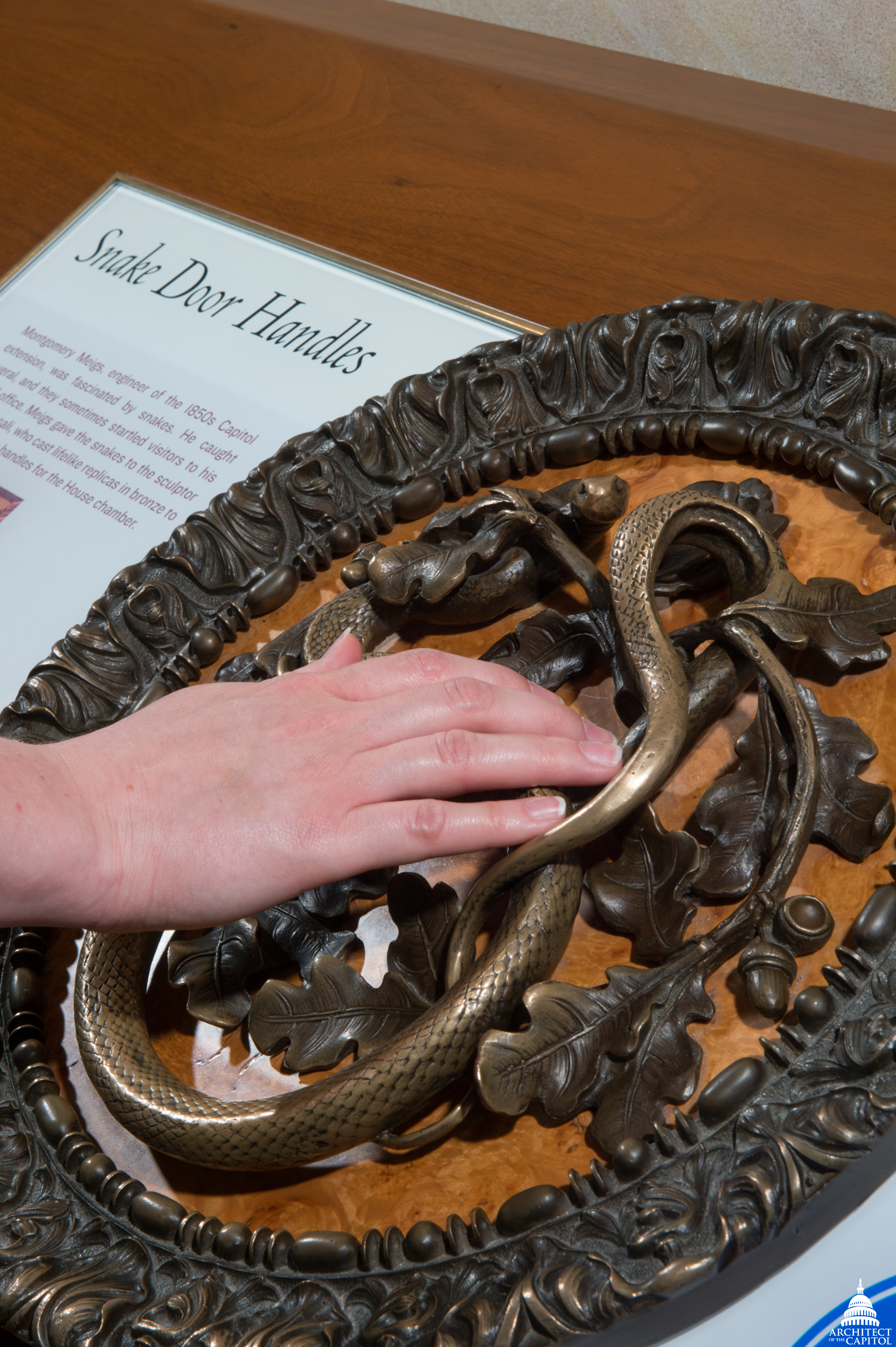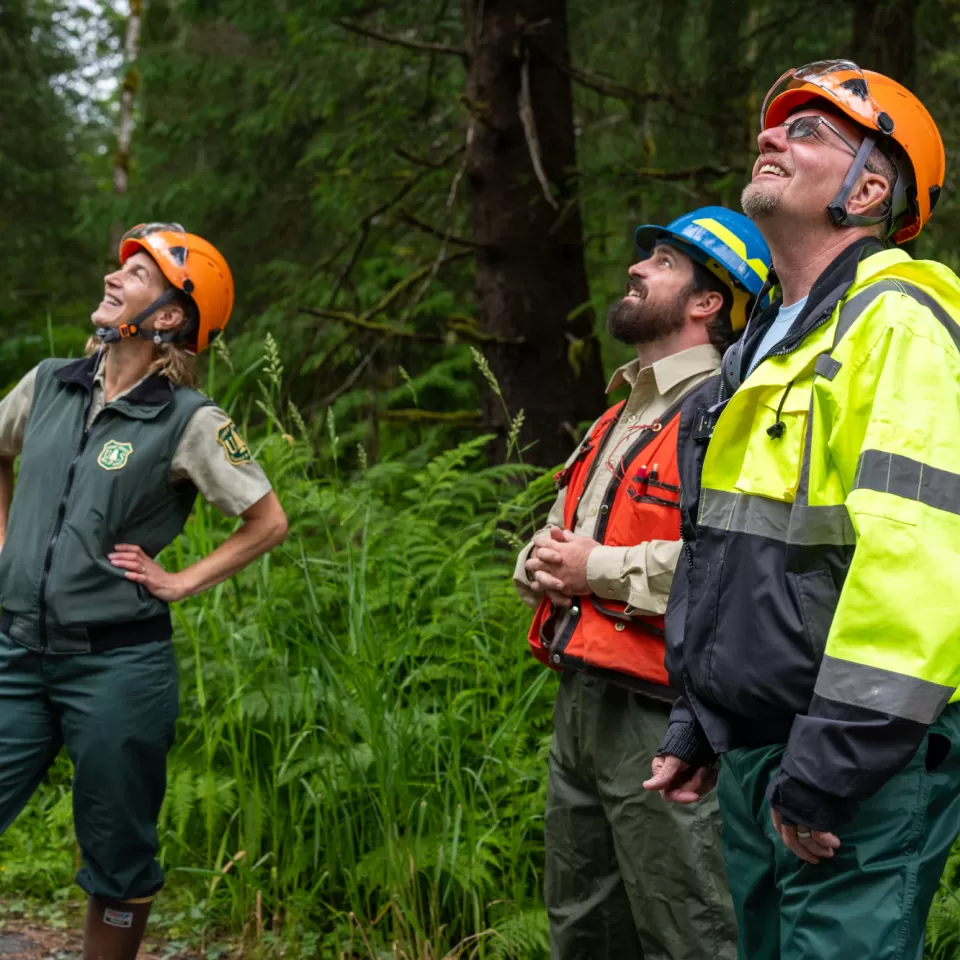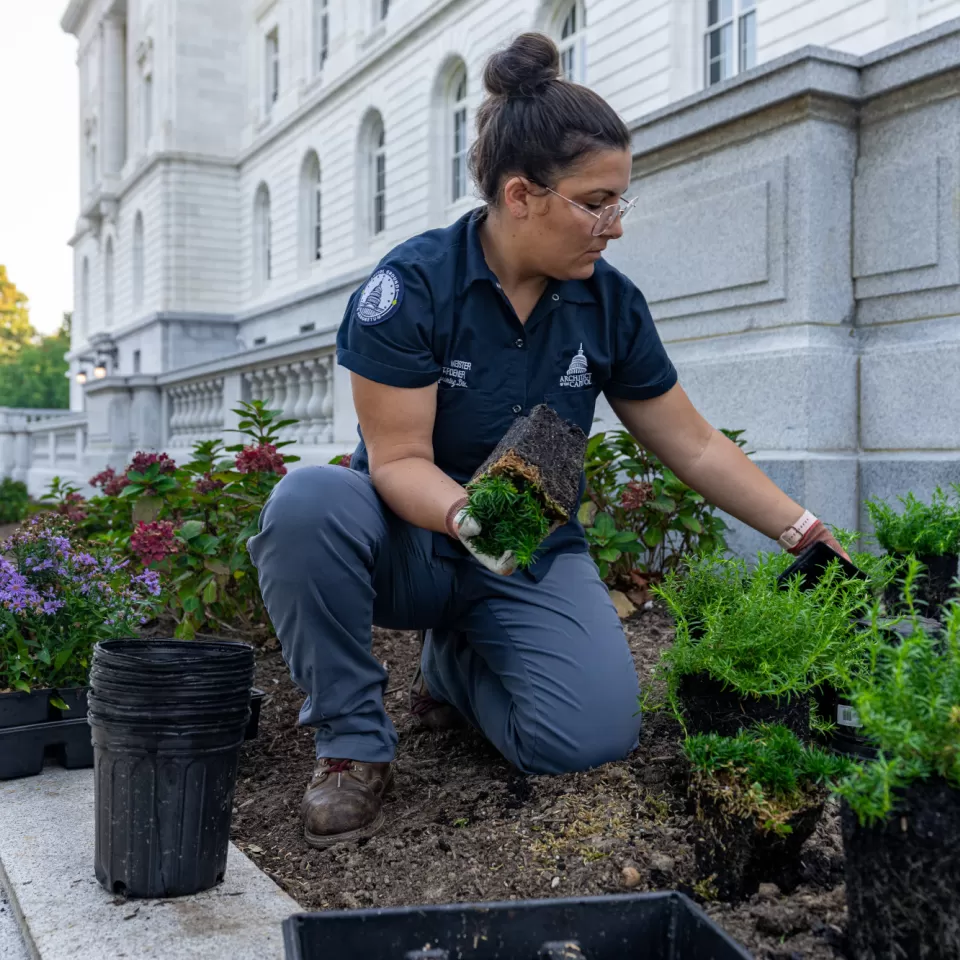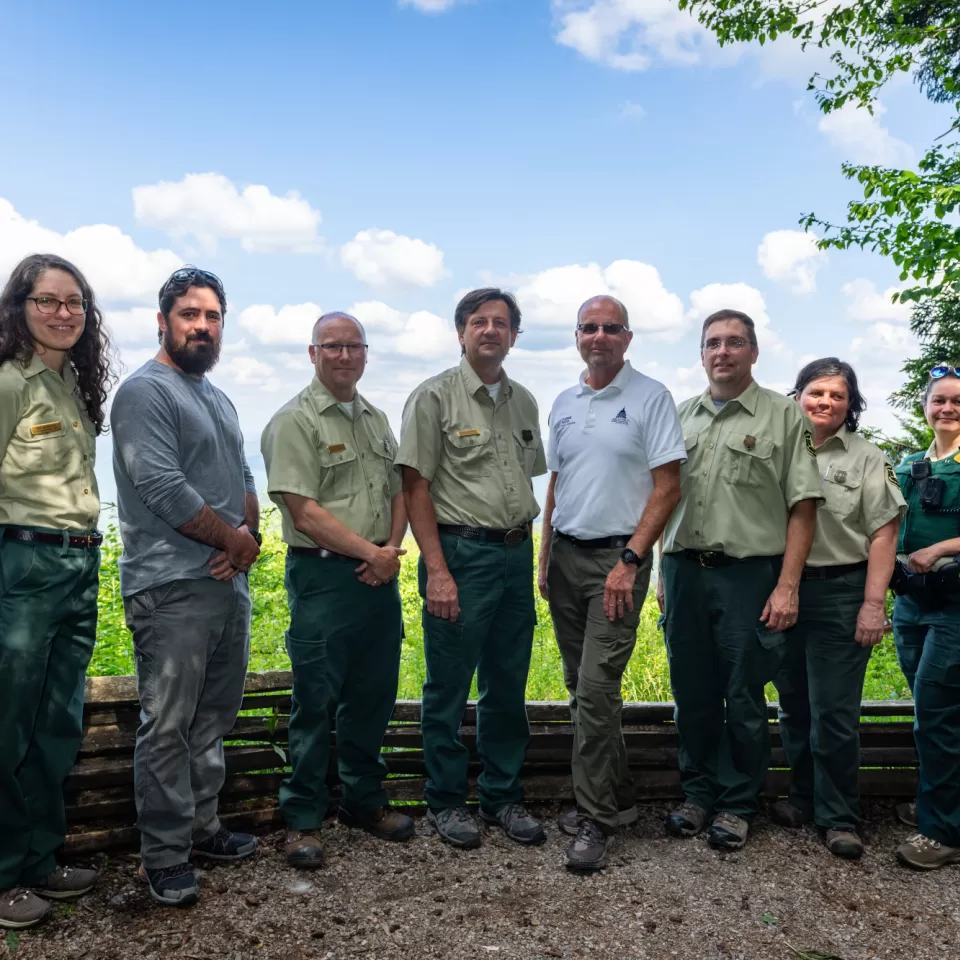Our Stories
Recent Articles
Programs & Events
Branching Out: A Search for Christmas in Alaska's Rainforest
While record setting heat and humidity engulfed the nation's capital this summer, the Architect of the Capitol (AOC) celebrated Christmas in July by embarking on an adventure to select the 2024 U.S. Capitol Christmas Tree.
Programs & Events
Four Sustainable Practices from Our Grounds to Yours
At the Architect of the Capitol (AOC), the Capitol Grounds and Arboretum team works hard to promote green and sustainable practices around the Capitol campus.
Programs & Events
It Takes a Village To Prepare the People's Tree
A team of employees from the Architect of the Capitol (AOC) work seamlessly and tirelessly to ensure that the U.S. Capitol Christmas Tree is ready to spread holiday cheer to visitors from all over the country and around the world.
Programs & Events
Christmas in July in Wonderful West Virginia
To most, July in Washington, D.C., means hot weather and Independence Day celebrations. At the Architect of the Capitol it also means it's time to go Christmas tree hunting!







Add new comment